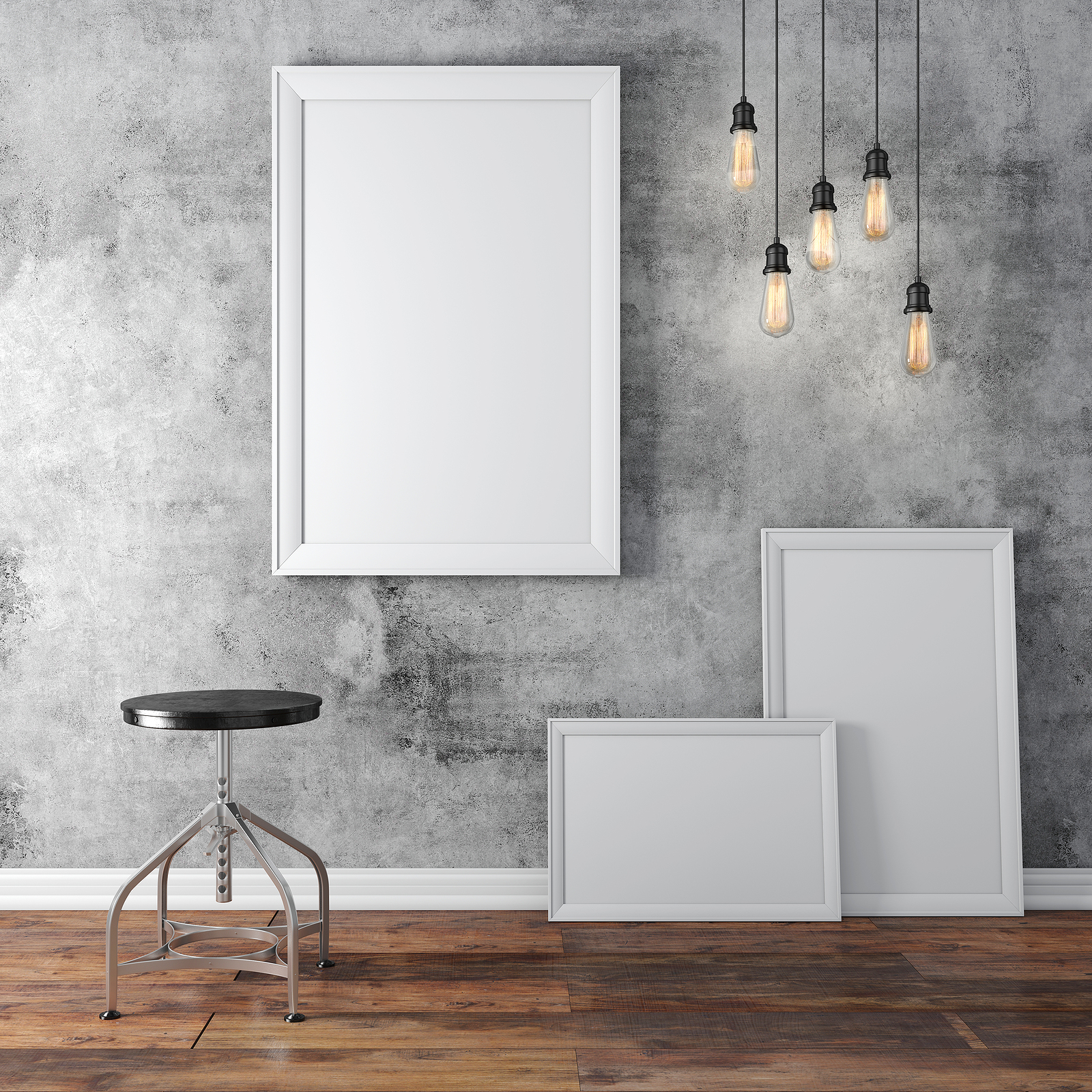Creating the right atmosphere in your home gallery is more than just selecting the perfect art pieces. The way your gallery is lit can dramatically change how each work of art is perceived.
Whether you're showcasing paintings, sculptures, or photographs, the right lighting can highlight colors, textures, and details, bringing the artwork to life.
However, choosing the perfect lighting isn’t just about brightness − it’s about understanding the different types of lighting and how they interact with your space. From ambient lighting that sets the mood to accent lighting that draws attention to specific pieces, there are many creative lighting options to consider.
In this guide, we’ll walk you through the key points to keep in mind when selecting lighting for your home gallery, ensuring that every piece is displayed at its best.
Types of Lighting for Art Displays
Choosing the right lighting for your home gallery starts with understanding the different types of lighting available and how each serves a purpose.
- Ambient lighting offers general room illumination, setting the tone for the space. Though not focused on specific art pieces, it creates a welcoming atmosphere that lets artwork shine without straining the eyes.
- Task lighting is focused lighting that highlights specific areas, like a spotlight on a painting, sculpture, or photograph. It's perfect for emphasizing finer details in smaller spaces
- Accent lighting enhances specific artwork or features, adding depth and drama. It creates a focal point, controls shadows, and reduces glare to showcase the artwork from every angle.
Understanding Light Temperature and Color
Light temperature and color significantly affect how artwork is perceived. Warmer light (2700K-3000K) creates a cozy, inviting atmosphere, enhancing traditional or earthy art, while cooler light (4000K+) has a blue tint that sharpens modern art.
A high Color Rendering Index (CRI 90+) ensures accurate color representation, preventing dull or distorted hues. The right lighting can also evoke certain moods or emotions, amplifying the intended message of the artwork.
Adjusting light angles can highlight texture and depth, adding a three-dimensional quality to flat pieces. Tailoring the lighting for each work helps create a cohesive and immersive viewing experience.
Lighting Placement: Positioning for Optimal Impact
Proper lighting placement is key to ensuring your art is showcased at its best. Here are a few tips on positioning your lights for maximum impact.
- Avoid direct overhead lighting: Use angled lighting to softly highlight artwork, avoiding harsh shadows or glare from overhead lights.
- Use a 30° angle: Position light fixtures at a 30° angle from the wall to reduce glare and create balanced illumination, minimizing reflections and shadows on the art.
- Consider the height of the artwork: For larger pieces, adjust the angle to ensure even lighting, and experiment with placement for taller or wider works.
- Highlight key pieces: Use spotlights or accent lighting to highlight standout pieces and create focal points in your gallery.
- Avoid placing lights too close: Placing lights too close can create hot spots or uneven lighting. Maintain distance for a smooth, even glow.
Proper positioning enhances the viewing experience and brings out the best in each piece.
Choosing the Right Light Fixtures
The right light fixtures can make all the difference when illuminating your home gallery.
Here are some key fixture options to consider.
- Track lighting: This versatile option allows you to adjust and direct light precisely where you need it. Track lighting is perfect for galleries, as it lets you highlight multiple pieces of art with a single fixture, and it's easy to reposition as your display changes.
- Recessed lighting: These discreet fixtures blend seamlessly into the ceiling, offering focused, downward light that won’t distract from your art. They work well to create a clean, modern aesthetic in your gallery.
- Wall-mounted fixtures: For an elegant, gallery-like feel, wall sconces or picture lights can be mounted above or beside individual pieces. These fixtures provide a more intimate, focused light that enhances each artwork’s details.
- Pendant lights: While often used for general lighting, pendant lights can also add a decorative element to your gallery space. They’re great for adding ambient light without overwhelming your artwork.
Selecting the right fixtures ensures your home gallery is both functional and stylish, enhancing the overall display of your collection.
Dimming and Adjustable Lighting
Dimming and adjustable lighting can transform your home gallery. Dimmable lights let you control brightness, creating different moods depending on the artwork or time of day.
Bright lighting highlights vibrant pieces during the day, while softer light creates a relaxed evening atmosphere. Adjustable options like track lighting allow precise light direction, perfect for highlighting specific pieces or adapting to new gallery arrangements. This flexibility ensures your art always looks its best, enhancing the overall gallery experience.
Plus, the right lighting can make even the smallest details pop, bringing out textures and subtleties you might otherwise miss. Thoughtful lighting choices can significantly elevate the emotional impact of each piece.
Elevate Your Home Gallery
Choosing the perfect lighting for your home gallery can truly transform the way your artwork is experienced. By understanding the different types of lighting, such as ambient, task, and accent, you can create a space that brings out the best in each piece.
Paying attention to light temperature and color ensures that your artwork’s true colors shine, while dimming and adjustable lighting add flexibility for different moods and displays. Proper placement and the right fixtures play a crucial role in avoiding glare and highlighting key elements.
Whether you're displaying a personal collection or showcasing rotating exhibits, the right lighting will elevate your home gallery and enhance the beauty of every piece.
Take your time to experiment with different options and don’t be afraid to adjust as your collection evolves. With the right lighting, your home gallery will become a true reflection of your unique artistic vision.
